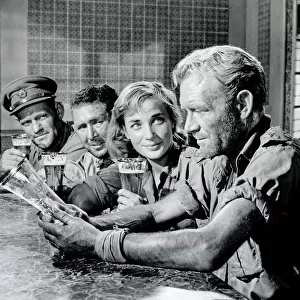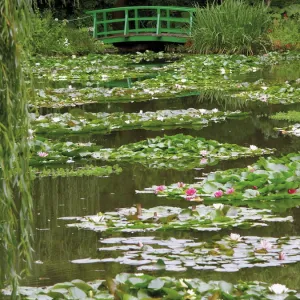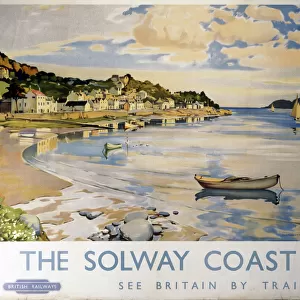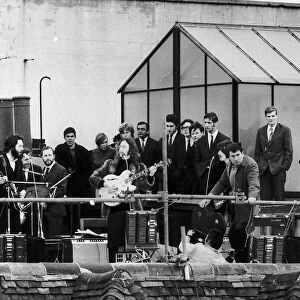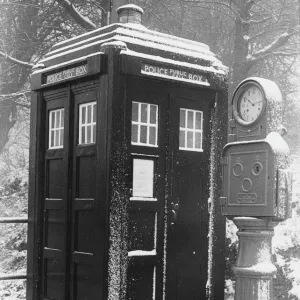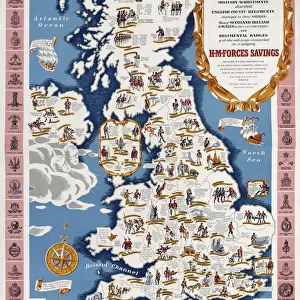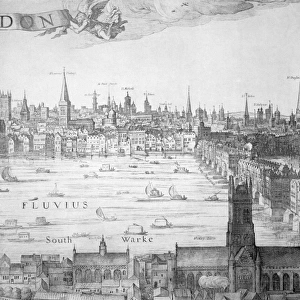Home > Europe > United Kingdom > England > London > Museums > Garden Museum
Paratroops of 1st Airlanding Brigade disembark from their gliders on the outskirts of Arnhem, 17 September 1944 (b / w photo)
![]()

Wall Art and Photo Gifts from Fine Art Finder
Paratroops of 1st Airlanding Brigade disembark from their gliders on the outskirts of Arnhem, 17 September 1944 (b / w photo)
5922354 Paratroops of 1st Airlanding Brigade disembark from their gliders on the outskirts of Arnhem, 17 September 1944 (b/w photo) by Smith, D.M. Sgt. (fl.1939-45); National Army Museum, London; (add.info.: Paratroops of 1st Airlanding Brigade disembark from their gliders on the outskirts of Arnhem, 17 September 1944.
Photograph by Sergeant D M Smith, Army Film and Photographic Unit, World War Two, North West Europe, 1944.
In the summer of 1944 General Montgomery came up with a daring scheme to cross the River Rhine and advance into Germany. Codenamed MARKET GARDEN, his plan involved the seizure of key Dutch bridges by the 101st and 82nd US and 1st British Airborne Divisions (MARKET). Then the British 30 Corps could advance over them and cross the Rhine (GARDEN). On 17 September the airborne divisions landed by parachute and glider and eventually all the bridges were captured. The plan failed because of 30 Corps inability to reach the furthest bridge at Arnhem, 100 kilometres (62 miles) away, before German forces overwhelmed the British defenders.
In fact 1st Airborne Divisions landing zones were 11 kilometres (7 miles) from the bridge at Arnhem and only one battalion reached the objective while the rest of the division was squeezed into a pocket around Oosterbeek to the west. Much of 30th Corps advance was along a single causeway, which was vulnerable to traffic jams and German counter-attacks that delayed the advance. Operations were also hampered by poor flying weather and communication failures. On 25 September about 2, 100 troops from 1st Airborne Division were ferried back across the Rhine. Another 7, 500 were either dead or prisoners.
From a collection of 75 British official photographs relating to 1st Airborne Division at Arnhem during Operation Market Garden, September 1944.); © National Army Museum; out of copyright
Media ID 25152336
© National Army Museum / Bridgeman Images
Air Operation Airborne Forces Airborne Operation Equipment Glider Parachute Landing Zone
FEATURES IN THESE COLLECTIONS
> Animals
> Insects
> Spiders
> European Garden
> Europe
> United Kingdom
> England
> London
> Art
> Film
> Europe
> United Kingdom
> England
> London
> Bridges
> London Bridge
> Europe
> United Kingdom
> England
> London
> Museums
> British Museum
> Europe
> United Kingdom
> England
> London
> Museums
> Garden Museum
> Europe
> United Kingdom
> England
> London
> Museums
> London Transport Museum
> Europe
> United Kingdom
> England
> London
> Museums
> National Army Museum
> Europe
> United Kingdom
> England
> London
> Sights
> British Museum
> Europe
> United Kingdom
> England
> London
> Weather
> Fine Art Finder
> Artists
> D.M. Sgt. Smith
EDITORS COMMENTS
This photo captures a pivotal moment in history as paratroops of the 1st Airlanding Brigade disembark from their gliders on the outskirts of Arnhem on September 17,1944. The image, taken by Sergeant D. M. Smith, showcases the bravery and determination of these soldiers during Operation Market Garden. In this daring plan devised by General Montgomery, the objective was to seize key Dutch bridges with the help of American and British airborne divisions. Once captured, British 30 Corps would advance over these bridges and cross the Rhine into Germany. However, despite initial success in capturing all the bridges, failure ensued when German forces overwhelmed British defenders at Arnhem. The landing zones for the 1st Airborne Division were located approximately 11 kilometers away from Arnhem's bridge. Only one battalion managed to reach their objective while the rest of the division found themselves trapped around Oosterbeek to the west. Additionally, poor weather conditions and communication failures hampered operations throughout. Tragically, by September 25th, around 2,100 troops from the division were ferried back across the Rhine while another 7,500 became casualties or prisoners. This photograph is part of a collection that documents this significant event in World War Two history. It serves as a poignant reminder of both heroism and sacrifice displayed by those involved in Operation Market Garden.
MADE IN AUSTRALIA
Safe Shipping with 30 Day Money Back Guarantee
FREE PERSONALISATION*
We are proud to offer a range of customisation features including Personalised Captions, Color Filters and Picture Zoom Tools
SECURE PAYMENTS
We happily accept a wide range of payment options so you can pay for the things you need in the way that is most convenient for you
* Options may vary by product and licensing agreement. Zoomed Pictures can be adjusted in the Cart.


